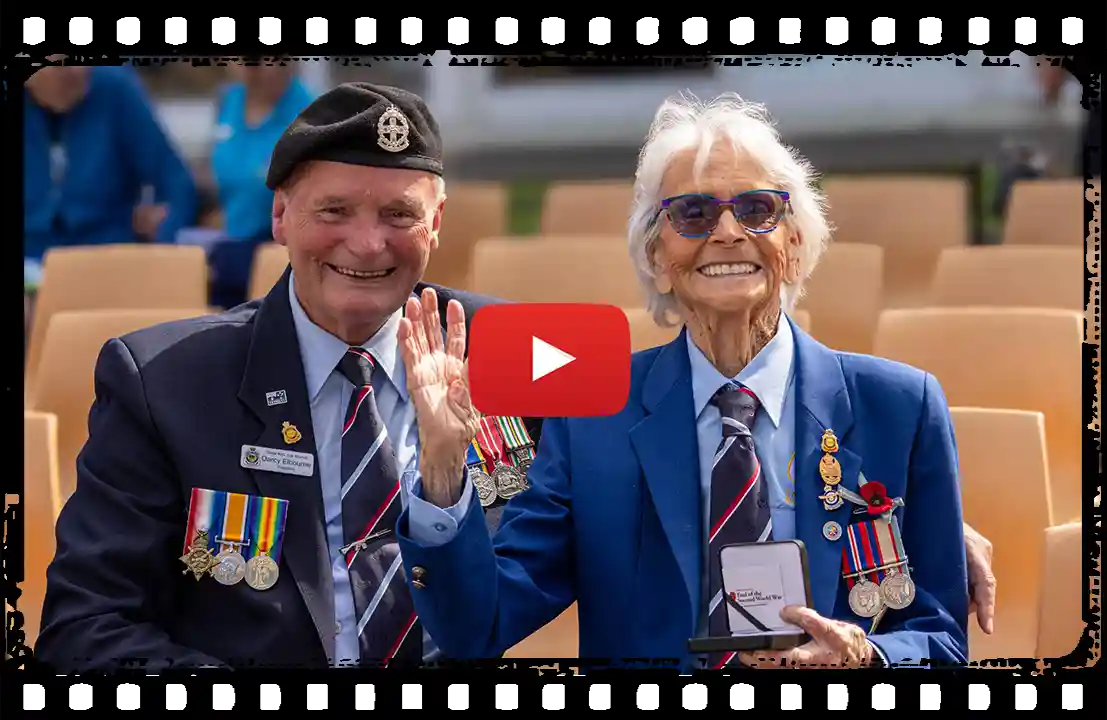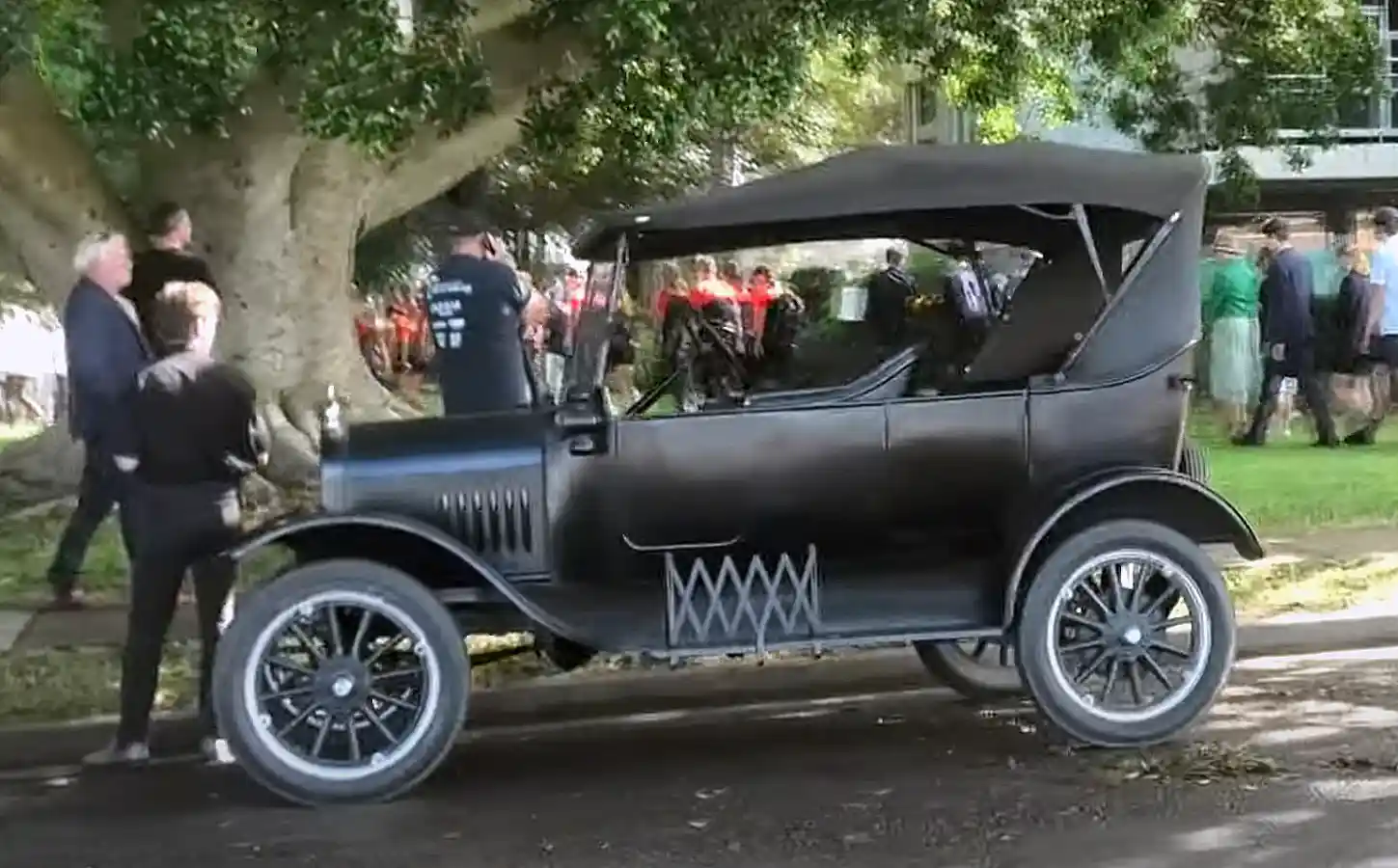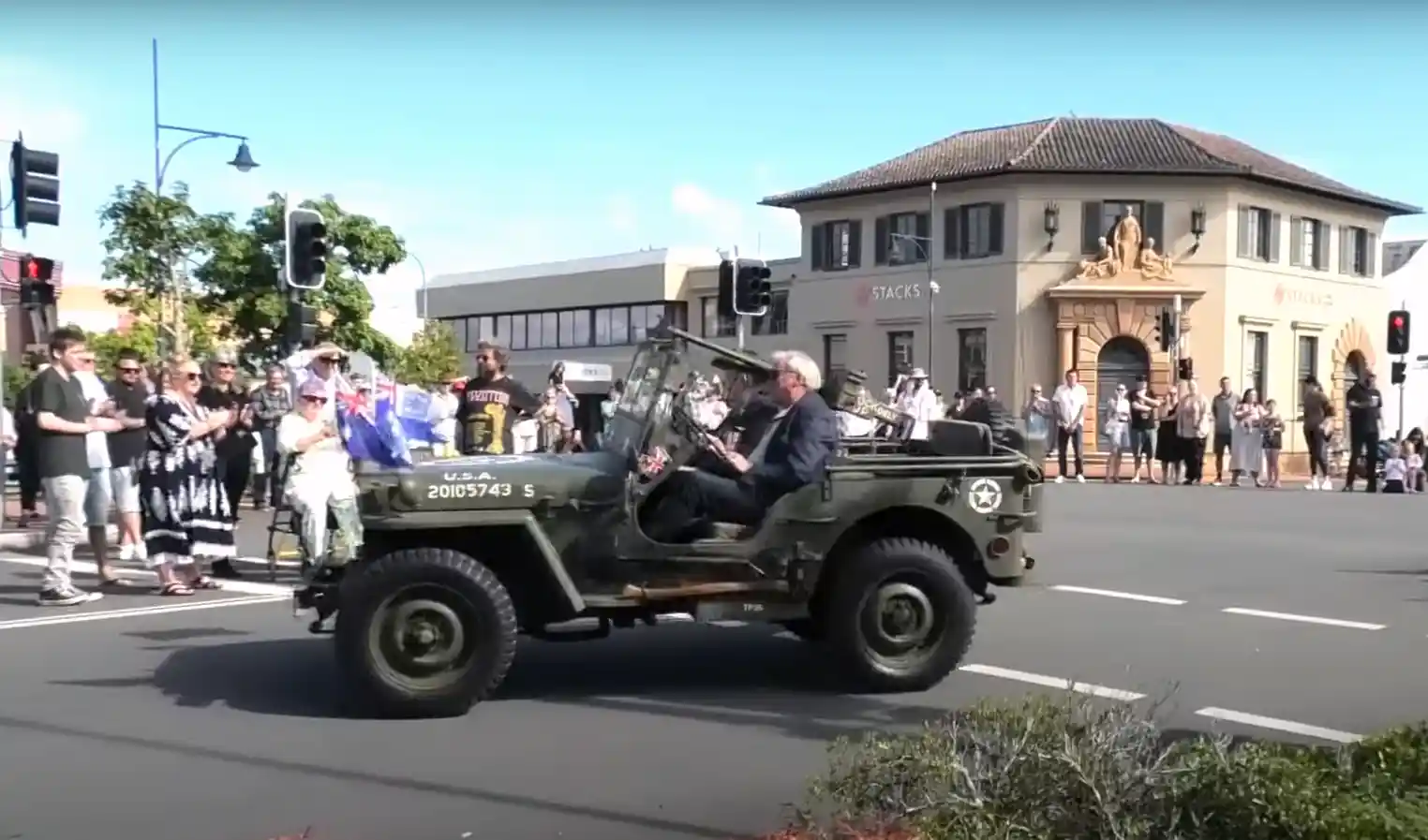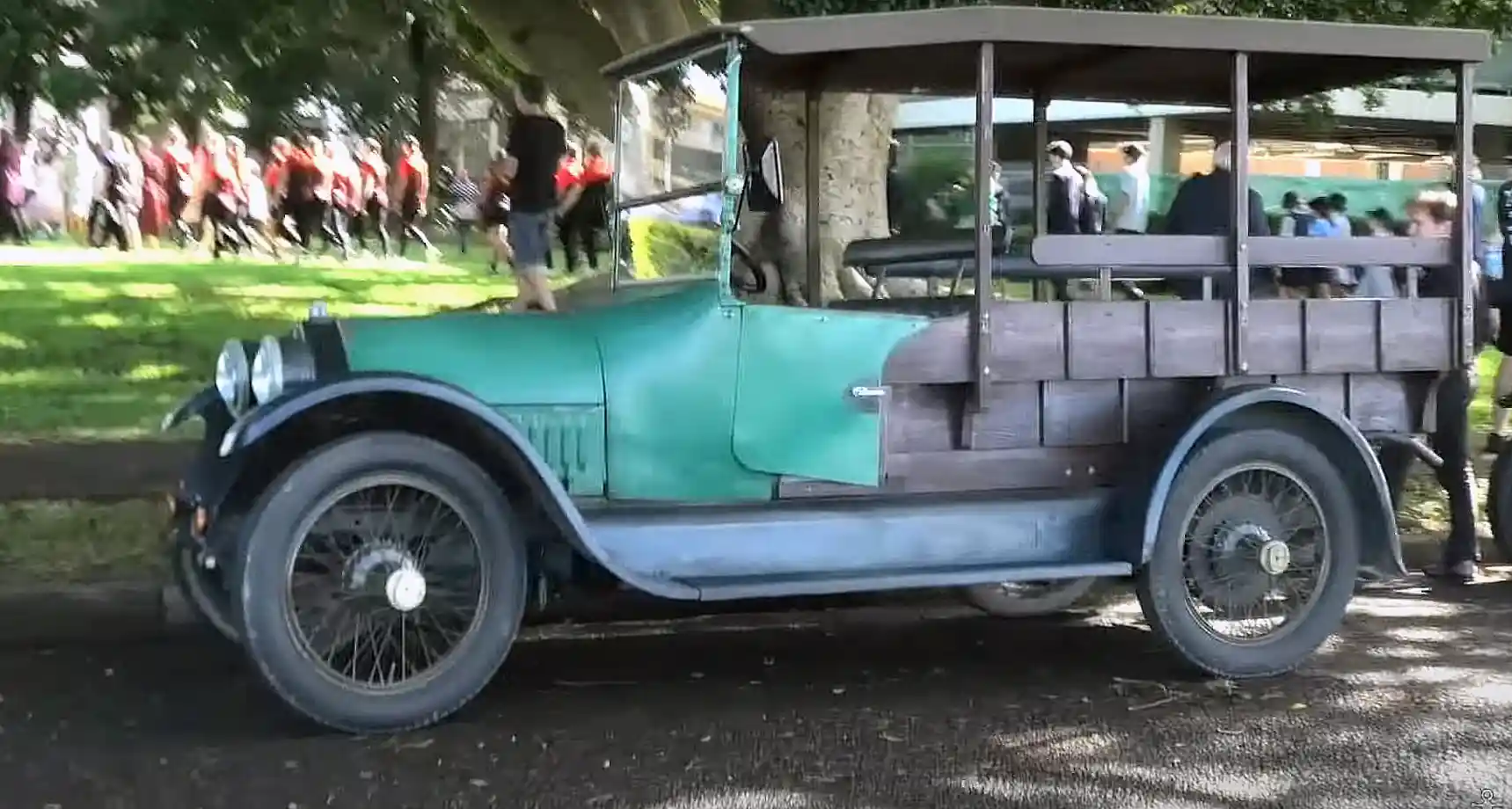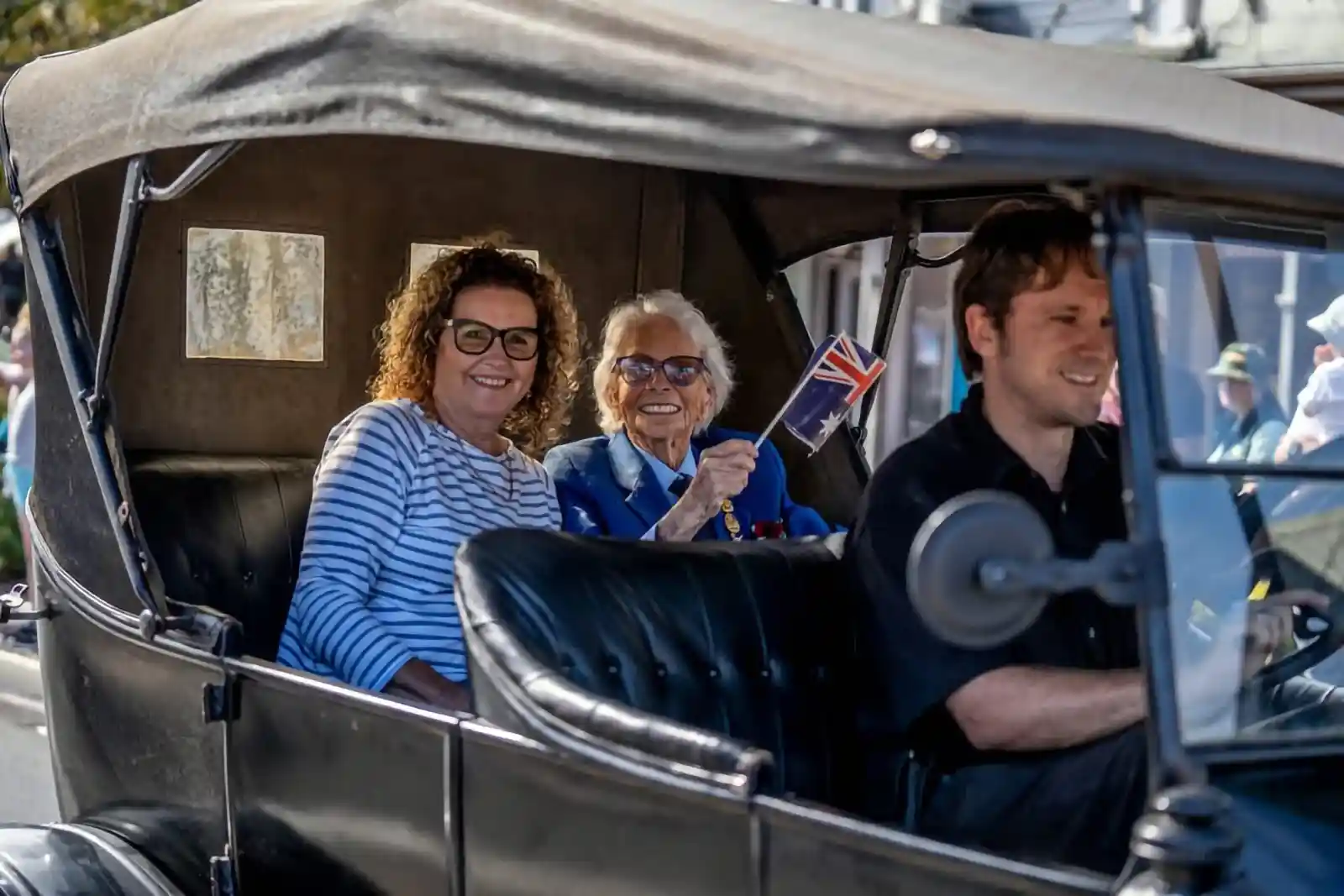|
ANZAC DAY 2025:
I had the honour of
being invited by Darcy Elbourne, President
of the Taree RSL Sub-Branch to take part in
the ANZAC Day Parade, driving my Model T
down the heart of Victoria Street, Taree.
Riding alongside me was 98-year-old WWII
veteran Dulcie Balderston, who enlisted in
the Women’s Auxiliary Australian Air Force
at just 18, on the 14th December, 1944 - an
incredible legacy of service for which we
are truly grateful. Dulcie was discharged on
12th February, 1946.
We were accompanied by a beautifully
preserved 1917 Studebaker, owned by Brian
Kelleher of Taree Historic Motor Club and
the National Motorcycle Museum at Nabiac,
while two WWII-era Willy’s Jeeps led the
procession. The Jeeps set the pace, followed
by the Studebaker, then my Model T, with the
marching band providing a rousing soundtrack
just behind us.
Taree RSL Sub-Branch President, Darcy
Elbourne then presented Dulcie - a cherished
figure in both the RSL and wider community -
with a Commemorative Medallion, celebrating
75 years since the end of the Second World
War.
The streets were lined with hundreds of
locals, all gathered along Victoria Street
to support and applaud the parade, which
concluded at Fotheringham Park with a moving
commemorative service beside the memorial
clock tower.
Adding a special touch to the event, local
musician Brianna Xuereb performed a
heartfelt version of Lee Kernaghan’s “I Will Always Be for You”, a tribute song
dedicated to Afghanistan veterans and
Australia's younger servicemen and women.
Sadly, just four days after ANZAC Day, and
just a week short of her 99th birthday,
Dulcie Balderston passed away peacefully. My
sincerest condolences to her family, it was
indeed an honour to chauffeur Dulcie in what
became her very last ANZAC Parade, and an
even bigger honour to have met her.
Thank you for your service Dulcie, may you
rest in peace.
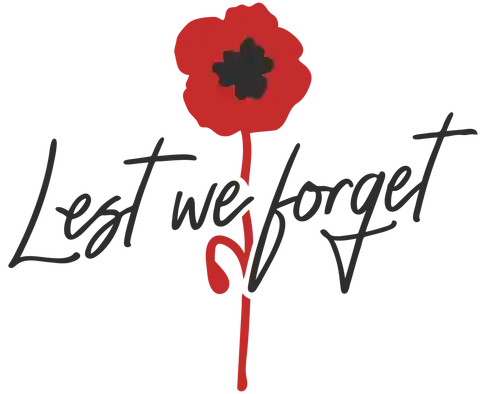
For my Global readers - a description of
ANZAC Day...
ANZAC Day is a national day of remembrance
in Australia and New Zealand, observed
annually on April 25. It honours the members
of the Australian and New Zealand Army Corps
(ANZAC) who fought and died in wars,
conflicts, and peacekeeping operations. The
day originally commemorated the landing of
ANZAC troops at Gallipoli, Turkey, on April
25, 1915, during World War I, which became a
defining moment in both nations' histories.
Though the Gallipoli campaign itself ended
in a heavy defeat, the courage, spirit, and
sacrifice of the soldiers were seen as a
unifying and nation-building moment for both
Australia and New Zealand. Over time, ANZAC
Day has expanded to honour all military
personnel who have served and died in
various conflicts, not just Gallipoli or
WWI.
Key aspects of ANZAC Day include:
-
Dawn Services: These early morning ceremonies are held in
towns and cities across both countries, often at war memorials.
The dawn service is a tribute to the timing of the Gallipoli
landing and symbolizes remembrance in the quiet of morning.
-
The Last Post: This bugle call is played at dawn services
and other ceremonies to signify that the fallen are being
honoured.
-
Wreath Laying: People, including military personnel,
families, and public officials, lay wreaths of flowers at war
memorials as a sign of respect and remembrance.
-
The ANZAC Spirit: The day also celebrates the enduring
values associated with the ANZACs, such as mateship, courage,
and sacrifice.
ANZAC
Day is a solemn occasion, but it also serves to strengthen national
identity, with many people attending ceremonies or participating in
events like marches or veterans’ reunions.
|



